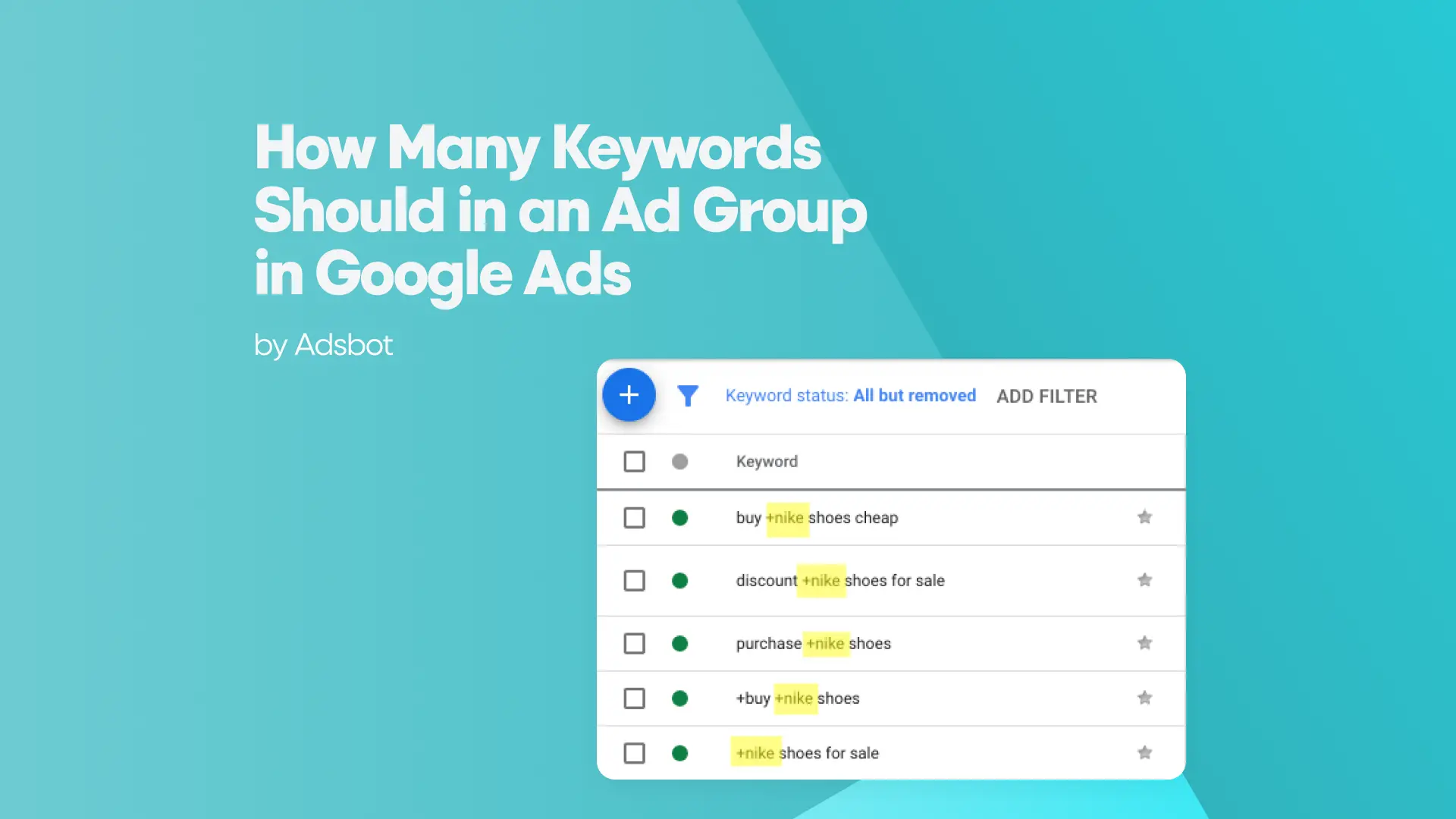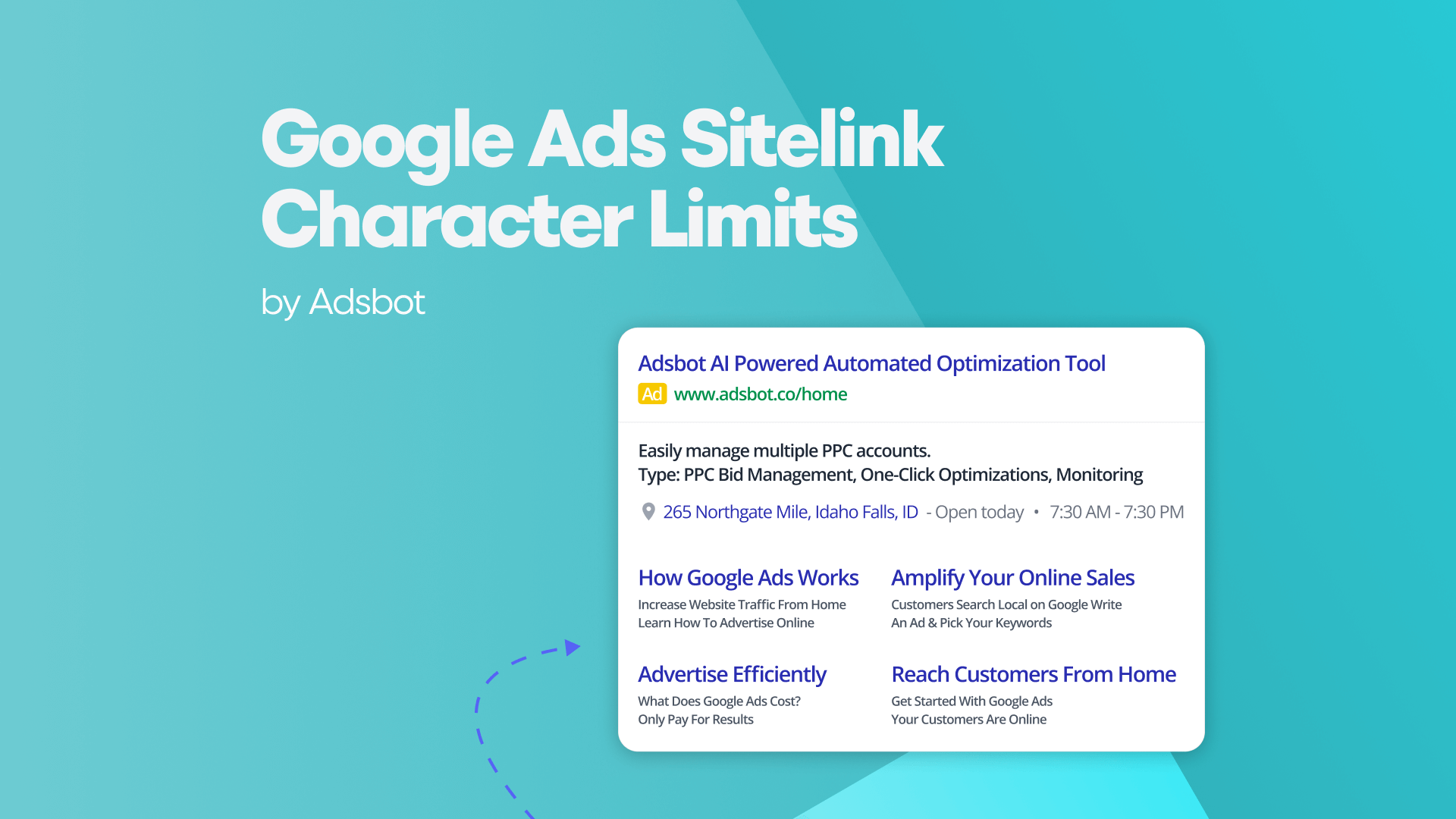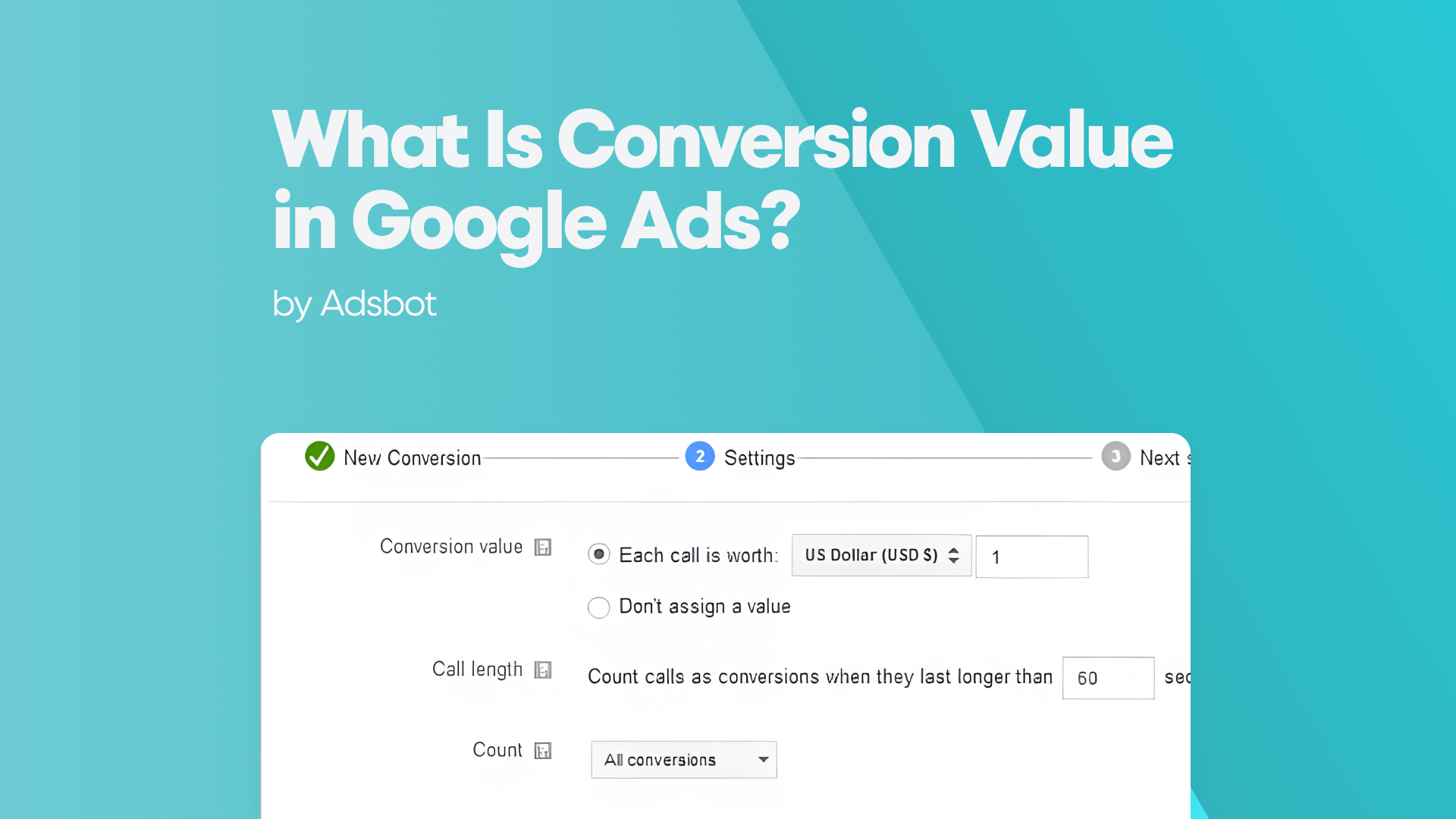Google Ads is one of the most powerful tools for driving traffic and generating sales for businesses. However, simply running ads is not enough to ensure profitability. For advertisers looking to maximize their return on investment (ROI), understanding and implementing Google Ads profit optimization is crucial. Profit optimization in Google Ads goes beyond just focusing on clicks and impressions—it’s about adjusting your campaigns to ensure that your spending leads to the highest possible profit. In this article, we’ll explore the fundamentals of Google Ads profit optimization, the optimal profit formula, basic profit models for Google Ads, and how to implement gross profit optimization.
Google Ads Profit Optimization
Google Ads profit optimization is the process of adjusting various campaign settings and strategies to maximize the profitability of your advertising spend. Profit optimization focuses not only on achieving more clicks but also on ensuring that those clicks result in a favorable return, whether that’s through more conversions, higher sales, or better lead quality.
The key to Google Ads profit optimization lies in understanding the balance between cost and return. By continually refining campaigns, targeting the right audience, and managing bids effectively, advertisers can ensure that every dollar spent on ads is contributing to their business’s bottom line.
To optimize profits, you need to:
- Track return on ad spend (ROAS)
- Focus on high-converting keywords
- Leverage automated bidding strategies
- Improve landing page quality and relevance
- Optimize ad copy to attract qualified traffic
Profit Optimization Formula
To measure and optimize the profitability of your Google Ads campaigns, it’s important to have a formula that allows you to assess how efficiently your ad spend is generating returns. The basic profit optimization formula can be written as:
Profit = (Revenue from Ads – Cost of Ads) × Conversion Rate
Let’s break down this formula:
- Revenue from Ads: This is the total income generated from the conversions or sales driven by your Google Ads campaigns. For e-commerce businesses, this could be the total sales value, while for lead generation businesses, it could be the value of each lead.
- Cost of Ads: This is the total amount you spent on your Google Ads campaigns. It includes your daily budget, your cost-per-click (CPC), or cost-per-impression (CPM), depending on your bidding strategy.
- Conversion Rate: This is the percentage of visitors who take the desired action after clicking on your ad. A higher conversion rate indicates that your landing page and overall user experience are effectively turning visitors into customers or leads.
By using this formula, you can get a clear picture of how much profit your Google Ads campaigns are generating. If the revenue generated from your ads is greater than your costs, then you are on the right track toward profit optimization.
Optimal Profit Formula
The optimal profit formula takes the above basic profit formula one step further by factoring in the desired return on investment (ROI). The goal of optimal profit is not just to break even but to generate as much profit as possible while still achieving your business objectives.
Optimal Profit = (Revenue from Ads – Cost of Ads) ÷ Cost of Ads
This formula helps you understand how much profit you’re making relative to what you’re spending on ads. A high ratio here indicates that your campaigns are performing well, generating a healthy ROI. The higher your optimal profit, the more efficiently your campaigns run.
For example, if you generate $5,000 in revenue from a $1,000 ad spend, your optimal profit would be:
Optimal Profit = ($5,000 – $1,000) ÷ $1,000 = 4.0
In this case, your ROI is 400%, meaning you are getting 4 times the value back for every dollar spent.
Basic Profit Models for Google Ads
There are several profit models you can use when optimizing your Google Ads campaigns. These models help determine how to allocate your budget across different campaigns, keywords, and ad groups to maximize profit. Here are a few common models:
1. Cost Per Acquisition (CPA) Model
In the CPA model, you focus on paying for each conversion rather than each click. The goal is to acquire leads or sales at the lowest possible cost. By optimizing for conversions and setting a target CPA, Google Ads can automatically adjust your bids to help you meet your profitability goals.
2. Return on Ad Spend (ROAS) Model
The ROAS model is based on the revenue generated for every dollar spent on advertising. To optimize for ROAS, you focus on maximizing the amount of revenue relative to your advertising spend. If you set a target ROAS in Google Ads, the system will automatically adjust bids to help you achieve that target.
3. Cost Per Click (CPC) Model
With the CPC model, you pay for each click on your ad, regardless of whether or not the user converts. This model is most effective when you’re looking to drive traffic to your site. However, it’s important to monitor your conversion rate and ensure that you’re not overspending on clicks that don’t lead to sales.
You can calculate your cost per click by using Adsbot’s CPC keyword calculator.
4. Maximize Conversions
In this model, Google Ads automatically adjusts your bids to maximize the number of conversions you can achieve within your budget. It’s best used when you have a specific conversion goal and want to optimize your spending for the best possible results.
5. Target CPA or Target ROAS
Both Target CPA and Target ROAS bidding strategies are automated bidding strategies in Google Ads that aim to achieve a specific cost per acquisition (CPA) or return on ad spend (ROAS). These models focus on maximizing profitability by adjusting bids based on past performance, conversion tracking, and expected outcomes.
How to Set Up Gross Profit Optimization
Setting up gross profit optimization in Google Ads requires understanding your profit margins, adjusting bidding strategies, and using conversion tracking effectively to measure performance. Here’s how you can get started:
1. Set Up Conversion Tracking
Ensure that conversion tracking is properly set up in Google Ads. This allows you to track specific actions on your website, such as form submissions, purchases, or calls, and understand how much value each conversion brings.
2. Understand Your Profit Margins
Before you can optimize for profit, you need to understand how much profit you make per conversion or sale. Knowing your gross profit margin will help you determine how much you’re willing to spend to acquire a customer.
3. Use Automated Bidding
Google Ads’ automated bidding strategies, such as Target ROAS and Maximize Conversions, can help optimize your campaigns for the best gross profit. Automated bidding adjusts your bids in real-time to ensure that your ad spend is allocated efficiently.
4. Monitor Performance Regularly
Regular monitoring of your Google Ads campaigns allows you to identify underperforming keywords and ad groups that may be wasting your budget. It also helps you see which campaigns are generating the most profit and allows you to reallocate your budget accordingly.
5. Use Google Analytics for Deeper Insights
Integrating Google Analytics with Google Ads can provide deeper insights into user behavior and help you optimize your landing pages and ad copy for higher conversion rates.
What Is Google Ads Gross Profit Optimization Feature?
Google Ads gross profit optimization refers to the process of adjusting campaigns, bidding strategies, and targeting to maximize profit margins rather than simply focusing on volume. The goal of gross profit optimization is to ensure that every dollar spent on Google Ads results in a positive return. This feature involves adjusting your campaigns to account for the actual profit generated by conversions, factoring in the cost of goods sold (COGS), and ensuring that your ad spend aligns with your profitability goals.
By using Google Ads’ Gross Profit Optimization features, businesses can:
- Set target ROAS to prioritize high-margin products
- Use automated bidding to maximize profit within a specific budget
- Track profitability in real-time, adjusting campaigns as necessary
Google Ads profit optimization is a crucial strategy for any business looking to make the most of its advertising spend. By using profit models such as CPA, ROAS, and CPC, businesses can tailor their campaigns to drive the highest possible return. Understanding the optimal profit formula and leveraging tools like automated bidding and conversion tracking are essential steps in ensuring that your Google Ads campaigns are as profitable as possible. With the right setup and continuous optimization, Google Ads can become a powerful driver of profitability for your business.
Popular Posts
-
How Many Keywords Should Be In an Ad Group in Google Ads?
Ever wondered if your Google Ads campaigns are packed with…
Read more -
Google Ads Script for Dummies: An Introduction
Imagine you have an e-commerce website that sells licensed superhero…
Read more -
Google Ads Sitelink Character Limits
Your Google Ads are cutting off in the middle of…
Read more -
What Is Conversion Value in Google Ads?
What if you could put a price tag on every…
Read more
Register for our Free 14-day Trial now!
No credit card required, cancel anytime.





